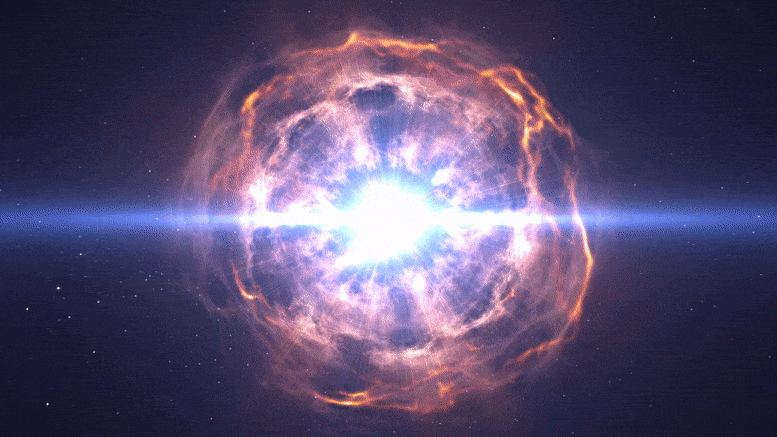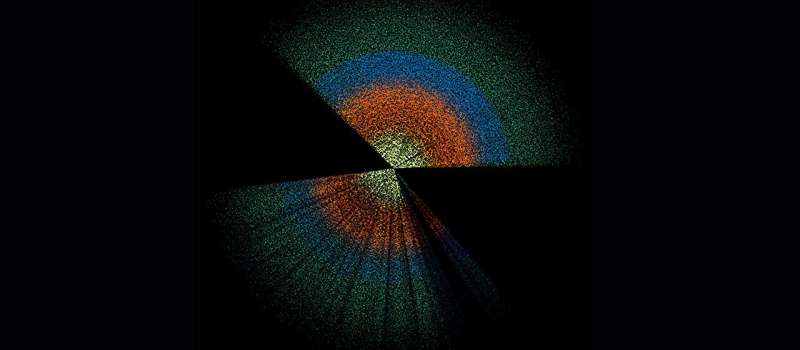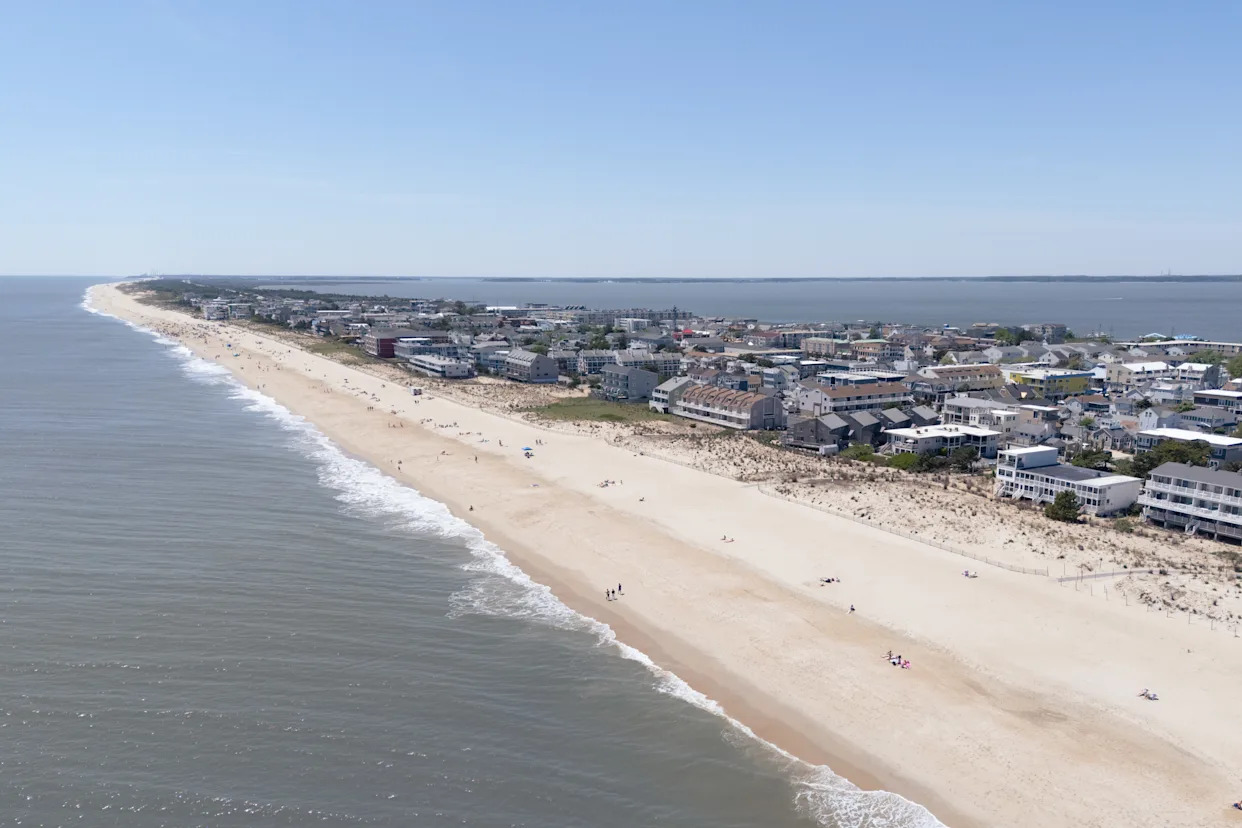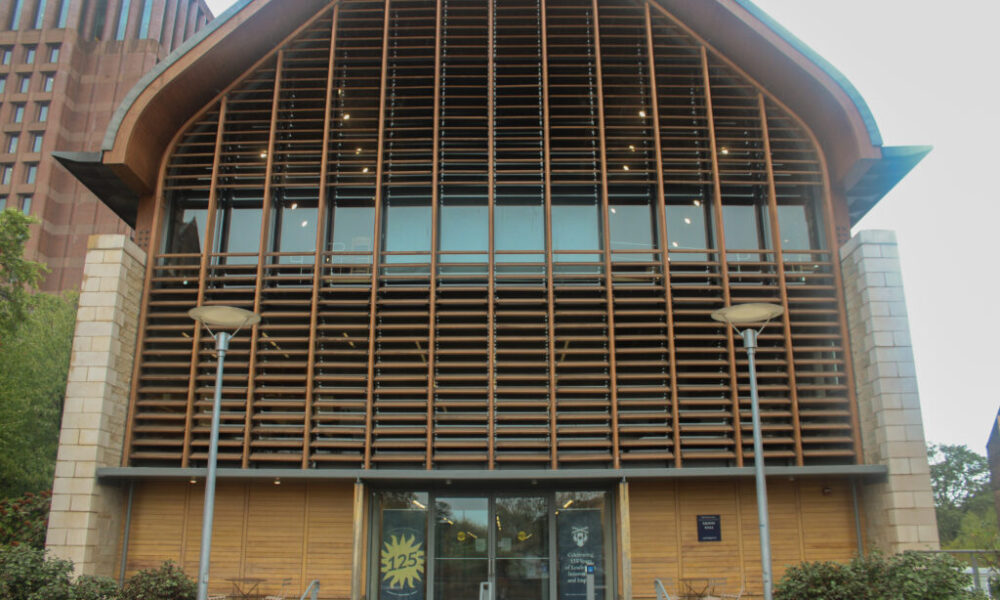A recent study suggesting that the Universe is decelerating has sparked significant debate in the astrophysics community. The research, which examines data from approximately 300 Type Ia supernovae, argues that younger galaxies correspond with dimmer supernovae, leading to the conclusion that current measurements of cosmic distances are flawed. This would imply that the widely accepted ΛCDM model of cosmic expansion is incorrect.
In response to this study, Adam Riess, a Nobel Prize-winning astrophysicist recognized for his work on cosmic expansion, has raised several critical concerns about the methodology employed in the research. Riess, who shared the 2011 Nobel Prize in Physics with Saul Perlmutter and Brian Schmidt, highlights fundamental flaws that challenge the validity of the study’s conclusions.
Key Issues Identified in the Study
The authors of the deceleration study claim that the brightness of Type Ia supernovae correlates with the age of their host galaxies. They argue that younger galaxies yield dimmer supernovae, which leads to their assertion that the Universe is decelerating. However, Riess points out that while the study emphasizes the age of galaxies, it overlooks a crucial factor: the mass of these galaxies.
Determining the age of a galaxy is complex and often model-dependent, making results less reliable. In contrast, measuring galactic mass is more straightforward. Current research, including data from the Pantheon+ catalog, adjusts for mass, recognizing its strong correlation with age. The deceleration study, however, relied on older databases that did not account for mass, raising questions about its foundational assumptions.
Flawed Assumptions About Supernova Progenitors
Another significant flaw noted by Riess is the assumption that the age of a supernova’s progenitor star can be inferred directly from the age of its host galaxy. The study uses the age of host galaxies as a proxy for progenitor age, based on the assumption that progenitors form concurrently with their galaxies. This assumption is particularly problematic, as local supernovae are frequently found in young, star-forming regions.
Research indicates that Type Ia supernovae typically occur less than a billion years after the formation of their progenitor stars. This discrepancy suggests that the basis of the study’s argument lacks solid ground.
As the discourse around this study unfolds, the astrophysics community anticipates forthcoming peer-reviewed papers that will address these critiques and explore the implications of the original findings more thoroughly.
The ongoing debate reflects the dynamic nature of astrophysical research, where established theories are continuously tested and re-evaluated in light of new data. As scientists like Riess scrutinize these claims, the pursuit of understanding the Universe remains a collaborative and evolving endeavor.
In conclusion, while the recent study has garnered attention, the critical feedback from notable figures like Adam Riess underscores the importance of methodological rigor in scientific inquiry. The exploration of cosmic expansion continues to be a vital area of research, with potential ramifications for our understanding of the Universe.
References:
– Son, Junhyuk, et al. “Strong progenitor age bias in supernova cosmology–II. Alignment with DESI BAO and signs of a non-accelerating universe.” *Monthly Notices of the Royal Astronomical Society* 544.1 (2025): 975-987.
– Brout, Dillon, and Daniel Scolnic. “It’s dust: solving the mysteries of the intrinsic scatter and host-galaxy dependence of standardized type Ia supernova brightnesses.” *The Astrophysical Journal* 909.1 (2021): 26.
– Rose, B. M., et al. “Host Galaxy Mass Combined with Local Stellar Age Improve Type Ia Supernovae Distances.” *The Astrophysical Journal* 909.1 (2021): 28.
– Mannucci, F., et al. “The supernova rate in local galaxy clusters.” *Monthly Notices of the Royal Astronomical Society* 383.3 (2008): 1121-1130.







